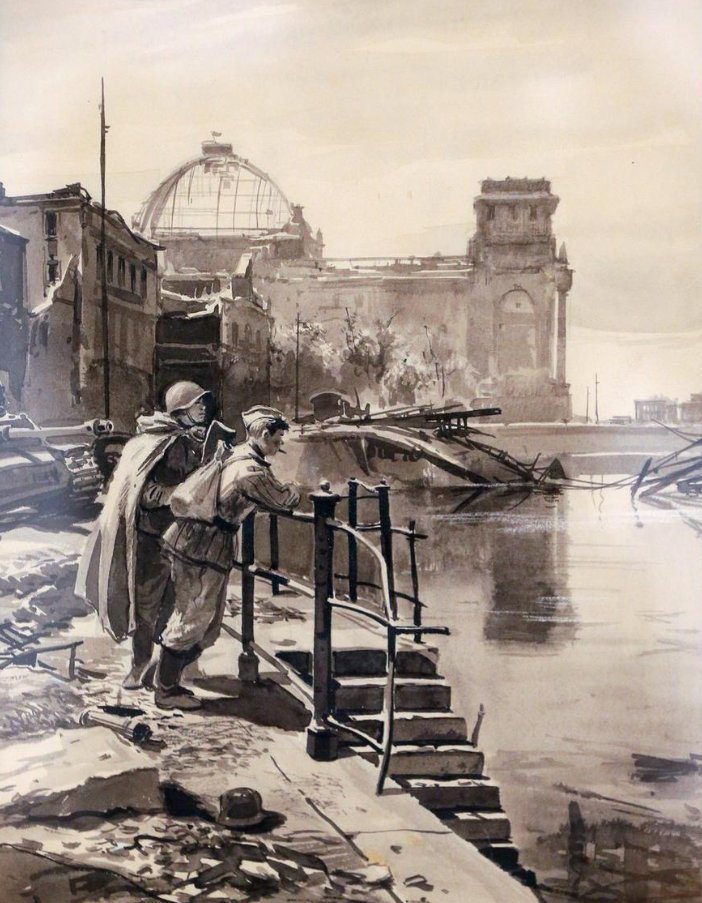“No! Crayfish demand these drinks!” — Swedish anti-prohibition poster designed by Albert Engström and published in the run-up to the 1922 referendum on prohibition. 

The poster urges viewers to vote "NEJ!" in the coming referendum because the absence of alcohol would ruin a crayfish meal (‘crayfish parties’ were/are popular in Sweden – especially late summer, when the referendum was scheduled to take place).
The full text reads: “NO! Crayfish demand these drinks! You must forgo crayfish unless you vote NO on the 27th August”.
Prohibition was rejected, with 51% voting no and 49% yes. As in other countries with influential temperance movements, there was also a sharp divide between men and women, with 59% of the latter supporting prohibition.
Women also generally featured more prominently in temperance posters and literature as the primary victims of alcoholism.
First: "Payday evening"
Second: "At the crossroads"

First: "Payday evening"
Second: "At the crossroads"


Albert Engström was an artist and writer who had previously designed posters for a number of booze brands. His work tended to depict drinking and drunkards, often (ironically) in a negative fashion. 





Engström's crayfish was by far the most iconic piece of propaganda from the referendum. It was published along with several others by the official – I believe – 'Nej' campaign, based in Gothenburg. You can see “Propaganda Centralen N.E.J, Göteborg” printed at the bottom. 







A prohibitionist poster shows a deluge of booze flooding a home, forcing the family to flee ("The liquor river drowns the home and family happiness") 

Another interesting one from the prohibitionist side comes from a socialist angle, with the "Swedish people" breaking free from "spirit-capital" (sorry for watermarks). 

"For your sake, I want to vote yes!" Published by the influential, prohibitionist Förbudsvännernas Rikskommitté. 

"Think first - then vote no!" — Poster showing prohibition as a hydra looming over Sweden, with the body leading to several scourges ranging from smuggling to higher taxes. 

"Take him! The juice is probably fermented!" — Policemen charge at a man enjoying a drink.
Posted this one earlier in the thread but without the translation.
Posted this one earlier in the thread but without the translation.

• • •
Missing some Tweet in this thread? You can try to
force a refresh










































